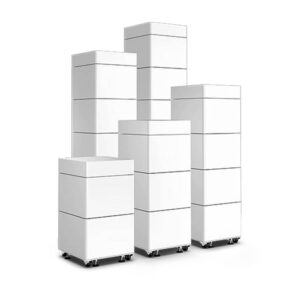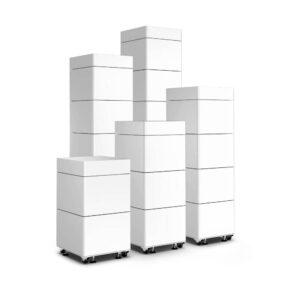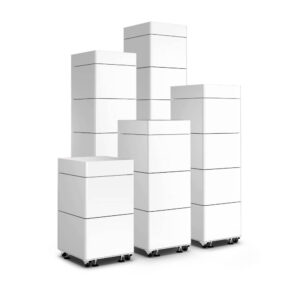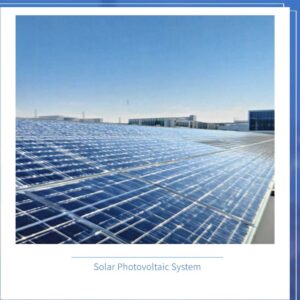If you want the best photovoltaic battery for your home, pick lithium-ion. Most new solar systems use this type. It lasts longer than lead-acid or nickel-based batteries. It also stores more energy. Lithium-ion batteries work better too. Your battery choice is important. More people now add batteries to their solar systems. This is happening a lot in the U.S.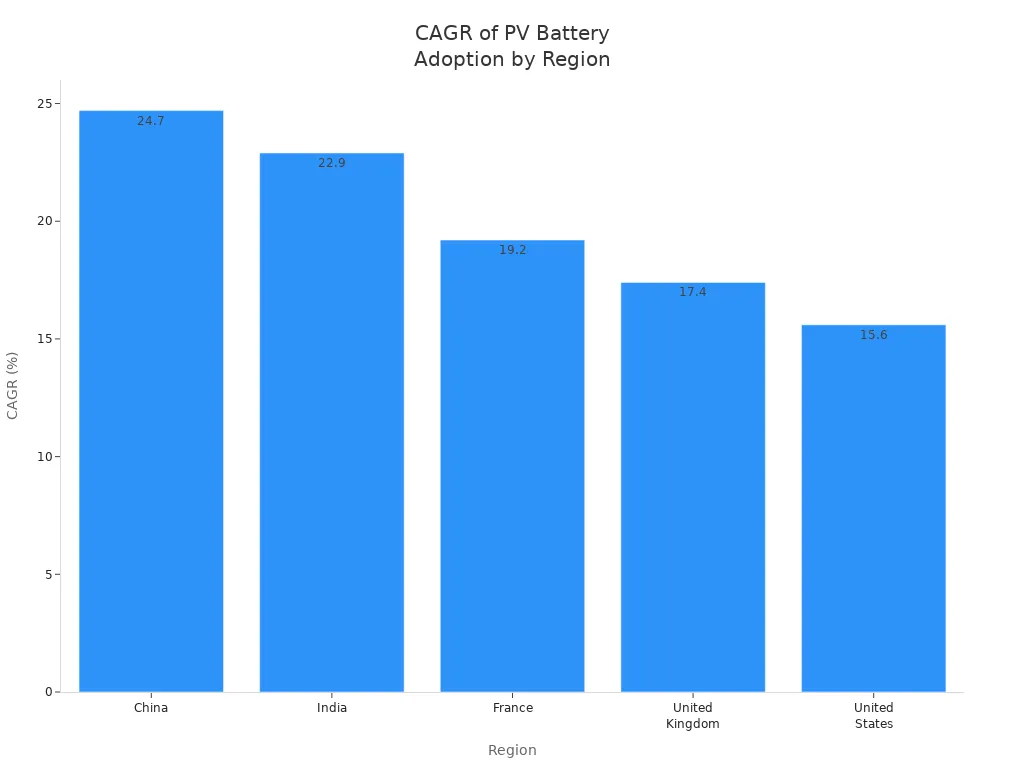
Principales conclusiones
- Lithium-ion batteries are a great pick for homeowners. They last a long time and store lots of energy. They also do not need much care.
- Think about how much energy you use each day. Pick a battery that gives enough backup power and works well for you.
- Buying a good battery can help you save money over time. It lets you use less power from the grid and keeps your lights on during blackouts.
- Always look at the battery’s warranty and care needs. Make sure it matches your way of life and what you can spend.
- Talk to a solar expert to pick the right battery size and type. This helps your solar system work its best for your home.
Best Photovoltaic Battery for Homeowners
Quick Overview
You need a battery that works with your solar panels. Most experts say lithium-ion batteries are best for homes. These batteries last a long time. They store energy well. You do not have to do much maintenance. Their small size fits in your garage or utility room.
- Lithium-ion batteries last longer than other types.
- They store energy very well.
- You do not need to check them often.
- Their small size saves space in your home.
If you pick a photovoltaic battery, your solar system works better. You get power when you need it, even at night or on cloudy days.
Key Factors
You should look at some important things before you buy a photovoltaic battery. The right battery helps you save money. It helps you get the most from your solar panels. The table below shows three things to think about:
| Criteria | Descripción |
|---|---|
| Energy Storage Capacity | Shows how much energy the battery can hold, usually in kilowatt-hours (kWh) or amp hours (Ah). |
| Cost and Expected Lifespan | Looks at the price and how long the battery will work well. |
| Maintenance Requirements | Tells you how much care the battery needs to keep working well. |
Check how much energy you use every day. Pick a battery that fits your needs. Think about how long the battery will last. Think about how much money you will spend over time. Choose a battery that does not need much care. This makes your solar system easier to use.
Tip: Ask your installer about the best battery size for your home. If you pick the right size, you will have power when you need it most.
Why Battery Choice Matters
Independencia energética
You want to be in charge of your energy. Adding a photovoltaic battery lets you save extra power for later. This helps you use less electricity from the grid. You can save money by using stored energy when prices go up. You also protect yourself from higher electricity costs.
- You save energy when prices are low and use it when prices are high.
- You have power during emergencies.
- You depend less on the grid and more on your own system.
Note: Home batteries help keep your lights on if the power goes out in your area.
Many people pick batteries for energy safety. You can run important things during blackouts. You also use more renewable energy because you store solar power for cloudy days or nighttime.
- Home batteries work when the power goes out.
- You make and keep your own energy.
- You use more renewable energy and less fossil fuel.
Backup Power
A good battery gives you backup power when you need it. If the grid stops working, your battery keeps your home running. You can use your fridge, lights, and other important devices. The battery type you choose matters for backup.
| Battery Type | Advantages | Maintenance | Vida útil |
|---|---|---|---|
| Lithium-ion | Lasts long, works well, needs little care | No maintenance | Over 10 years |
| Lead-acid | Costs less, easy to find | Needs regular care | 3-5 years |
A 10 kWh battery can run your home’s main systems for at least one day. If you use solar panels with your battery, you can get power for many days during an outage. Battery size and solar power decide how long you have energy.
- Batteries keep extra energy for later.
- They give you power even when the sun is not out.
- You feel safe knowing your home is ready for emergencies.
Tip: Picking the right battery helps you save money, make your home worth more, and get tax credits.
Photovoltaic Battery Types
You need to know the main battery types first. Each type works in its own way. Each one has special benefits for your home.
Lithium-Ion
Most new solar systems use lithium-ion batteries. These batteries have lithium ions that move back and forth. They go between a graphite anode and a lithium cobalt oxide cathode. This lets you charge and use the battery many times. Lithium-ion batteries are special because they hold a lot of energy. They can store more energy in a small space. They also last longer and work better than other batteries.
| Battery Type | Chemical Composition | Operation Mechanism |
|---|---|---|
| Lithium-Ion | Lithium ions, lithium cobalt oxide cathode, graphite anode | Lithium ions move between anode and cathode through an electrolyte. The process is reversible. |
These batteries have energy density from 50 to 260 Wh/kg. This makes them a great choice for people who want strong and long-lasting storage.
Tip: Lithium-ion batteries do not need much care. They also fit in small places.
Lead-Acid
Lead-acid batteries have been used for many years. They use a lead anode, a lead dioxide cathode, and sulfuric acid. These batteries cost less than lithium-ion ones. You may see them in cheaper solar setups. But they do not last as long. They also store less energy for their size.
| Battery Type | Chemical Composition | Operation Mechanism |
|---|---|---|
| Lead-Acid | Lead anode, lead dioxide cathode, sulfuric acid electrolyte | Electrochemical reaction between lead and lead dioxide creates current. |
Their energy density is from 30 to 50 Wh/kg. You need to check and take care of these batteries more often. They do not last as long, usually 3 to 8 years.
| Battery Type | Cycle Life (Cycles) | Lifespan (Years) |
|---|---|---|
| Flooded Lead-Acid (FLA) | 500 to 1,000 | 3–5 |
| Absorbent Glass Mat (AGM) | 1,000 to 1,500 | 5–8 |
| Gel Batteries | 1,500 to 2,000 | 6–8 |
Note: Lead-acid batteries cost less but need more care. They also do not last as long.
Nickel-Based
Nickel-based batteries, like nickel-cadmium, are not common in homes. You might see them in some solar battery systems. Most people pick other battery types. Nickel-based batteries can last a long time. They work well in very hot or cold places. But they cost more and are harder to buy.
- Nickel-based batteries are not the first choice for homes.
- They are reliable and do not lose charge quickly.
- These batteries cost more and are not easy to find.
You should only pick nickel-based batteries if you have special needs. You may also choose them if you cannot use other types.
Ventajas e inconvenientes
Performance
You want a battery that gives steady power at home. Lithium-ion batteries have more energy density. They keep giving strong power until almost empty. Lead-acid batteries lose power as they run out. Nickel-based batteries work in very hot or cold places. But you do not see them in homes often. Check the table below to see how each type works with normal home use:
| Battery Type | Performance Characteristics | Cycle Life Range | Power Delivery Characteristics |
|---|---|---|---|
| Lithium-ion | Higher energy density, longer cycle life, consistent output | 1,000 to 5,000 cycles | Maintains constant power until nearly depleted |
| Lead-acid | Lower energy density, shorter cycle life, gradual decline | 300 to 1,000 cycles | Gradual decline as battery discharges |
Tip: Lithium-ion batteries help your home run well, even if you use lots of energy.
Vida útil
You want your battery to last many years. Lithium-ion batteries last longer than lead-acid ones. Most lithium-ion batteries can handle 2,000 to 3,000 cycles. Lead-acid batteries usually last for 1,000 to 1,500 cycles. Some lithium-ion batteries can go over 10,000 cycles. The table below shows the average cycle life:
| Battery Type | Average Cycle Life (Cycles) |
|---|---|
| Lithium-ion | 2,000 – 3,000 |
| Lead-acid | 1,000 – 1,500 |
Note: If your battery lasts longer, you do not need to replace it as much. This saves you money over time.
Coste
You should think about both first and long-term costs. Lithium-ion batteries cost more to buy. But they last longer and need less care. Lead-acid batteries are cheaper at first. But you may pay more for repairs and new batteries later. Here is a table with common costs:
| Cost Type | Amount Range |
|---|---|
| Battery Unit Prices | $6,000 – $12,000 |
| Installation Costs | $1,000 – $2,000 |
| Inverter Costs | $1,000 – $1,500 |
| Annual Maintenance Costs | $150 – $300 |
| Lithium-ion Warranty | 10 – 15 years |
| Lead-acid Warranty | 3 – 7 years |
| Battery Lifespan (Cycles) | 500 – 10,000 |
💡 If you pick lithium-ion, you pay more at first but save money later.
Environmental Impact
You should think about how batteries affect nature. Making lead-acid batteries uses dangerous stuff like lead and acid. If you throw them away wrong, they can hurt soil and water. Lithium-ion batteries need mining for lithium. This can destroy animal homes and pollute water. Making these batteries also puts out a lot of carbon dioxide. If you throw away lithium-ion batteries, they can become e-waste. They might leak bad chemicals into the ground. Nickel-cadmium batteries have toxic cadmium. This can hurt plants and animals if not handled right.
It takes more energy to make lithium-ion batteries than old types. If you do not recycle them, they can catch fire and release bad stuff. More people use electric cars and solar power now. So recycling and safe disposal are even more important.
Remember: Always ask about recycling when you buy a battery. This helps keep the earth clean and your home safe.
Photovoltaic Battery Comparison
Capacity
When you pick a battery, storage capacity is very important. Capacity means how much energy the battery can hold. You measure this in kilowatt-hours, or kWh. Some batteries let you add more units for extra storage. Here is a table that shows how much energy top models can store:
| Battery Model | Storage Capacity (kWh) | Scalability Options |
|---|---|---|
| Tesla Powerwall 2 | 13.5 | Can stack for up to 54 kWh |
| Tesla Powerwall 3 | 15 | Can stack for up to 54 kWh |
| Bluetti EP900 | Up to 18 kW peak power | Combined units for short-term surges |
| Enphase IQ Battery 10T | 10 | Modular design, scalable to 15 kWh or more |
| Generac PWRcell | 9 | Smart energy management |
| EcoFlow DPU | Up to 90 | Expandable capacity |
Tip: Choose a battery that can cover your daily energy use and backup needs.
Eficacia
Efficiency tells you how much energy you get back after storing it. Higher efficiency means you lose less energy. Most lithium-ion batteries have efficiency between 90% and 95%. Lead-acid batteries lose more energy, so you get less back. Nickel-cadmium batteries are also less efficient. You save more money with a battery that has high efficiency.
- Lithium-ion: 90%–95% efficiency
- Lead-acid: Lower efficiency, more energy loss
- Nickel-cadmium: Less efficient than lithium-ion
Depth of Discharge
Depth of discharge, or DoD, shows how much of the battery’s energy you can use before charging it again. A higher DoD means you can use more of the battery’s power. Lithium-ion batteries let you use up to 80% of their energy. Lead-acid batteries should not go below 50%, or they will wear out faster.
| Battery Type | Maximum Depth of Discharge | Notes |
|---|---|---|
| Lithium-ion | 80% | Handles deep discharges better |
| Lead-acid | 50% | Degrades quickly if discharged too much |
| Nickel-based | N/A | Not common for home solar |
Note: If you use the battery within its DoD, it will last longer.
Garantía
A good warranty helps protect your battery. Most lithium-ion batteries have a warranty for 10 to 15 years. Lead-acid batteries usually have a 3 to 5 year warranty. Some warranties end after a certain number of cycles or total energy use. The company promises your battery will keep at least 70% of its starting capacity during the warranty.
| Battery Type | Warranty Range | Common Brands |
|---|---|---|
| Lithium-Ion (NMC) | 10-15 years | Tesla, LG, SolarEdge, Panasonic |
| Lithium Iron Phosphate (LiFePO₄) | 10-15 years | Tesla, Enphase, FranklinWh, Fortress Power |
| Lead-Acid | 3-5 years | N/A |
| Nickel-Based | 5-10 years | N/A |
Most warranties cover broken batteries but may not pay for labor or damage from bad installation.
Coste
Cost is a big thing to think about when you buy a battery. Prices change by brand and features. Lithium-ion batteries cost more at first but last longer. Lead-acid batteries cost less but need to be replaced more often. Here is a table with price ranges for popular models:
| Modelo | Price Range |
|---|---|
| Tesla Powerwall | $10,500 – $15,000 |
| Bluetti EP900 | $3,499 |
| LG Chem RESU | $7,000 |
| Generac PWRcell | $9,999 |
| Sonnen Eco | $15,000 |
| Enphase Encharge | $10,000 |
| Panasonic EverVolt | $8,000 |
Always look at cost, warranty, and features before you buy.
Choosing the Right Battery
Assess Needs
You need to know how much energy you use. This helps you pick the right battery size and type. Start by looking at your energy bills. See how much electricity you use each day. Think about which things need power if the lights go out. Check how much solar energy your panels make. When you know your energy use and solar power, you can choose the best battery. You might want a bigger battery if you plan to go off-grid or need backup often.
Tip: Make a list of important devices, like your fridge or medical tools. This helps you pick the right battery size.
Budget
How much money you have is important. Solar batteries cost between $200 and $750 for each kWh. Lead-acid batteries cost about $260 for each kWh. Lithium-ion batteries cost about $271 for each kWh. The total price for batteries is $5,000 to $7,000. The price depends on where you live and the brand. You might get a 30% tax credit in the US until 2032. This can help you pay less.
- Lead-acid batteries are cheaper but do not last long.
- Lithium-ion batteries cost more but work better and last longer.
- Always look at the warranty. A good warranty keeps your money safe and helps you worry less.
Note: Pick a battery that fits your money plan and energy needs. Remember to add installation and care costs.
Instalación
Putting in your battery the right way keeps it safe. You must follow local rules and laws. The table below shows what is needed in different places:
| Region | Key Standards | Indoor Installation | Outdoor Installation | Notes |
|---|---|---|---|---|
| 🇺🇸 United States | NFPA 855 + UL 9540A | Allowed in garages with fire barriers | Fire-resistant barriers needed | ≥ 3 ft from doors/windows; UL 9540A required |
| 🇪🇺 Europe | EN 62619 + local codes | Preferred in basements | Must meet fire safety rules | Follow DIN VDE 0100 wiring rules |
| 🇦🇺 Australia | AS/NZS 5139 | Restricted, FR30 enclosure needed | UV-protected, ventilated cabinet | ≥ 1.5 m from entry/exit points |
Think about airflow, heat, and sunlight. Batteries need air to stay cool. Keep them away from hot sun and very cold or hot places. Put your battery close to the inverter to save energy. Make sure the spot is dry and easy to reach for repairs.
Tip: Ask your installer about fire safety and if your home is strong enough before you put in your battery.
Maintenance
Different batteries need different care. Lithium-ion batteries need less work. Check for software updates every few months. Test backup mode once a year. Lead-acid batteries need more care. Check the battery ends a few times a year. Add distilled water to flooded types when needed. Nickel-cadmium batteries need you to check and refill the liquid inside.
| Battery Type | Maintenance Task | Descripción | Frequency |
|---|---|---|---|
| Lithium-ion | Firmware Version Check | Update BMS, inverter, and monitoring software | Quarterly |
| Lithium-ion | Emergency Backup Simulation | Test backup mode by disconnecting grid power | Annually |
| Lead-acid | Check Terminal Connections | Tighten loose terminals | Few times/year |
| Lead-acid | Replenish Electrolyte Levels | Add distilled water to flooded batteries | As needed |
| Nickel-cadmium | Check Electrolyte Levels | Refill electrolyte as needed | As needed |
Pick a battery that matches how much work you want to do. If you want less work, lithium-ion is a good pick. If you do not mind checking often, lead-acid or nickel-cadmium can work.
Note: Taking care of your battery helps it last longer. It also keeps your solar system working well.
Picking the best photovoltaic battery means thinking about your energy use, money, and space at home. Look at the table below to see how batteries are different:
| Battery Type | Coste | Lifespan (cycles) | Necesidades de mantenimiento | Best Fit Scenario |
|---|---|---|---|---|
| Lead-Acid | Bajo | 500–1,000 | Alta | Short-term, low-budget systems |
| Lithium-Ion | Medium-High | 3,000+ | Bajo | Long-term, residential use |
| Sodium-Ion | Medium | ~2,000+ | Bajo | Future-oriented adopters |
| Flow Battery | Alta | 10,000+ | Medium | Large-scale or commercial use |
- Talk to a solar expert for advice and ways to save money.
- Use a checklist to help pick a battery that fits your daily energy needs.
The right battery helps you get steady power, makes your solar system work better, and helps you feel safe.
PREGUNTAS FRECUENTES
What size battery do you need for your home?
You need to check your daily energy use. Most homes use a 10–15 kWh battery for backup. Ask your installer to help you match battery size to your needs.
How long does a home battery last?
Most lithium-ion batteries last 10 to 15 years. Lead-acid batteries last 3 to 7 years. Battery life depends on how often you use and charge it.
Can you add more batteries later?
Yes, many systems let you add more batteries. Look for models with modular or stackable designs. This helps you grow your storage as your needs change.
Do batteries work during a power outage?
Yes! Your battery gives backup power when the grid goes down. You can keep lights, your fridge, and other key devices running.
Are solar batteries safe?
Solar batteries are safe if you install and maintain them correctly. Always follow the manufacturer’s instructions. Ask a certified installer to set up your system.

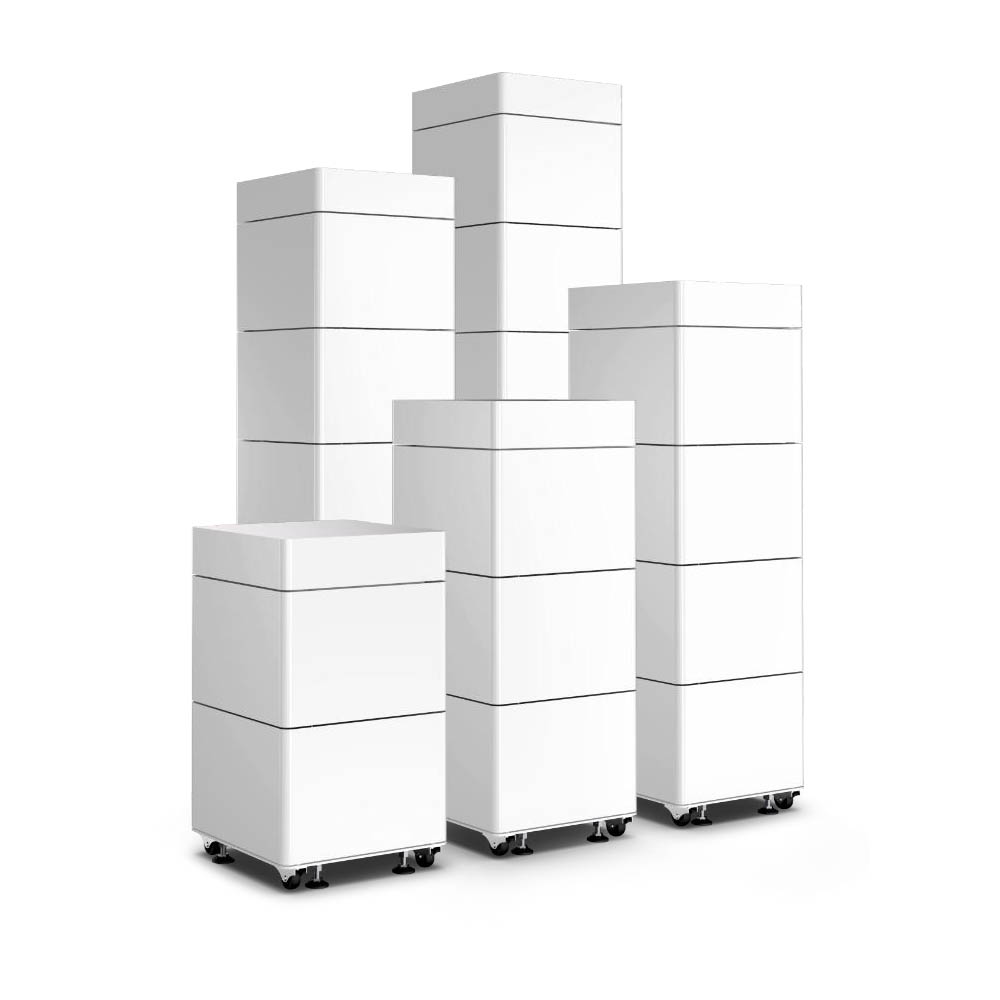
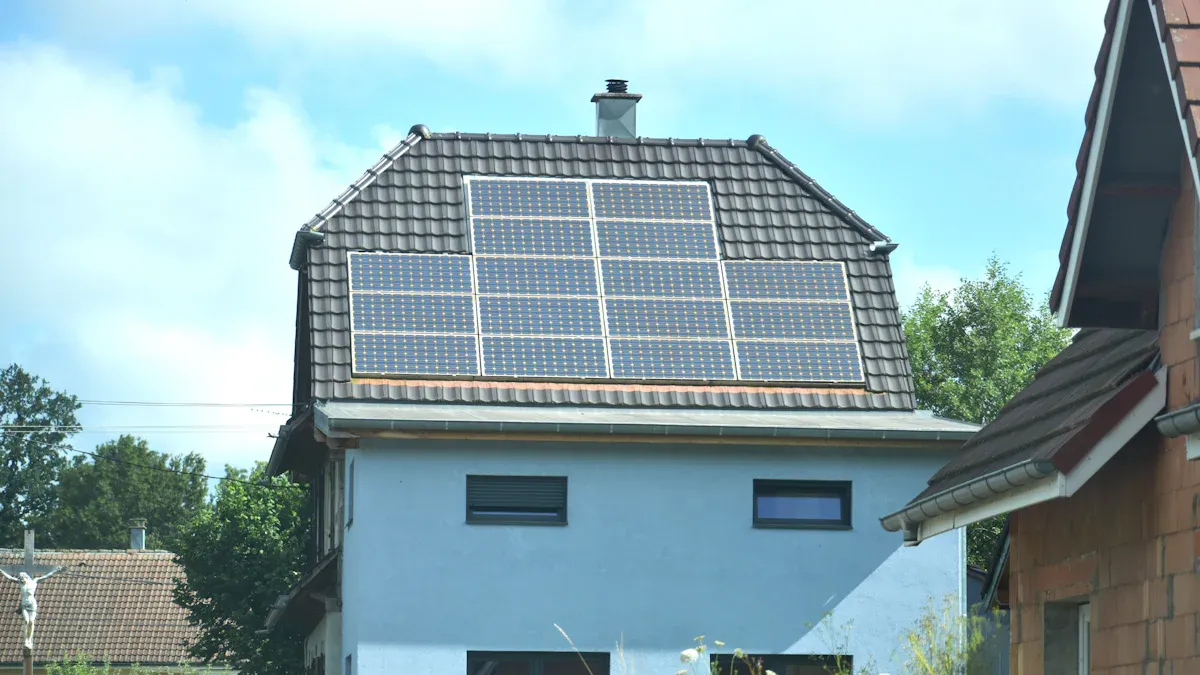
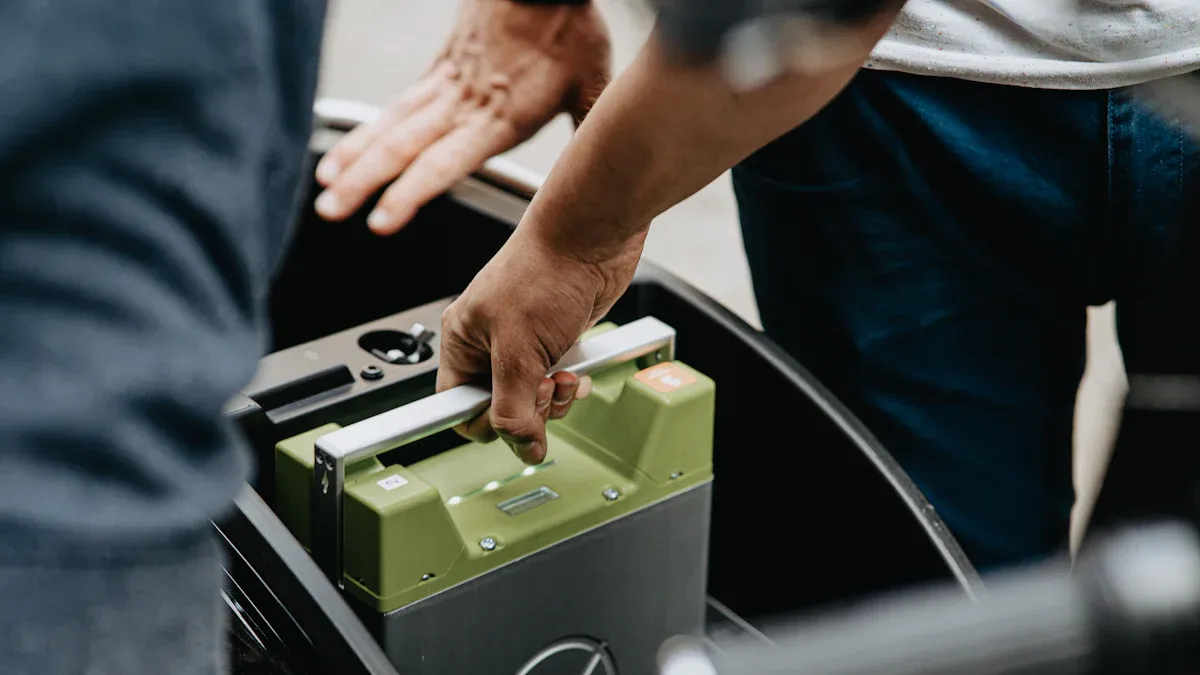
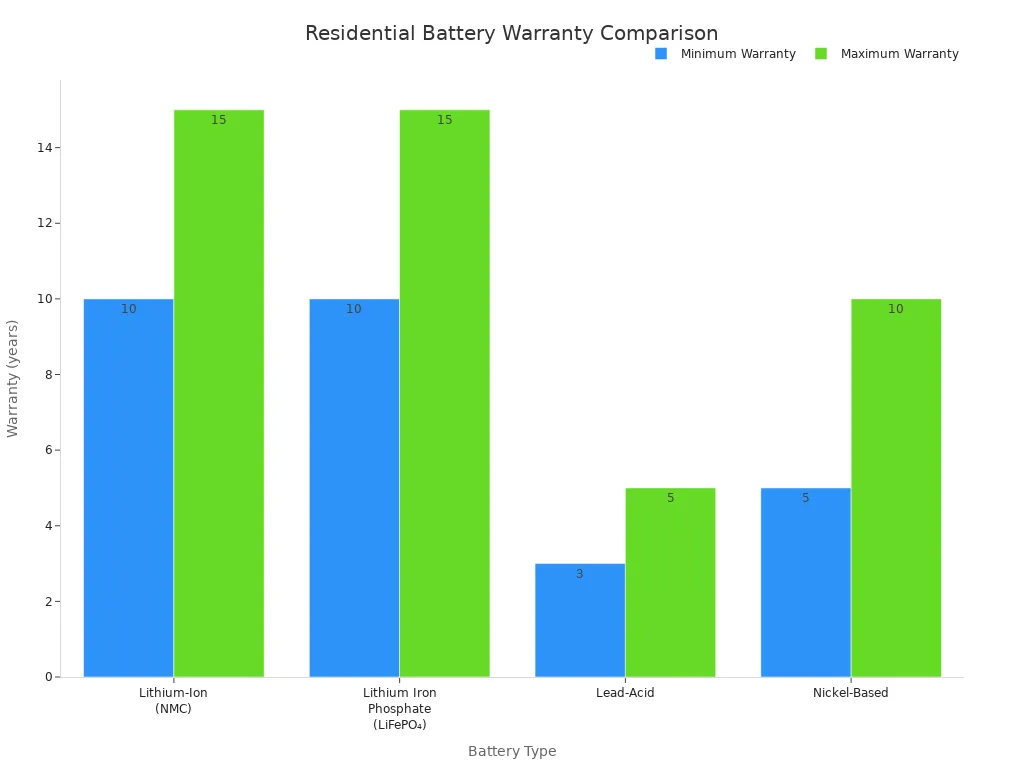
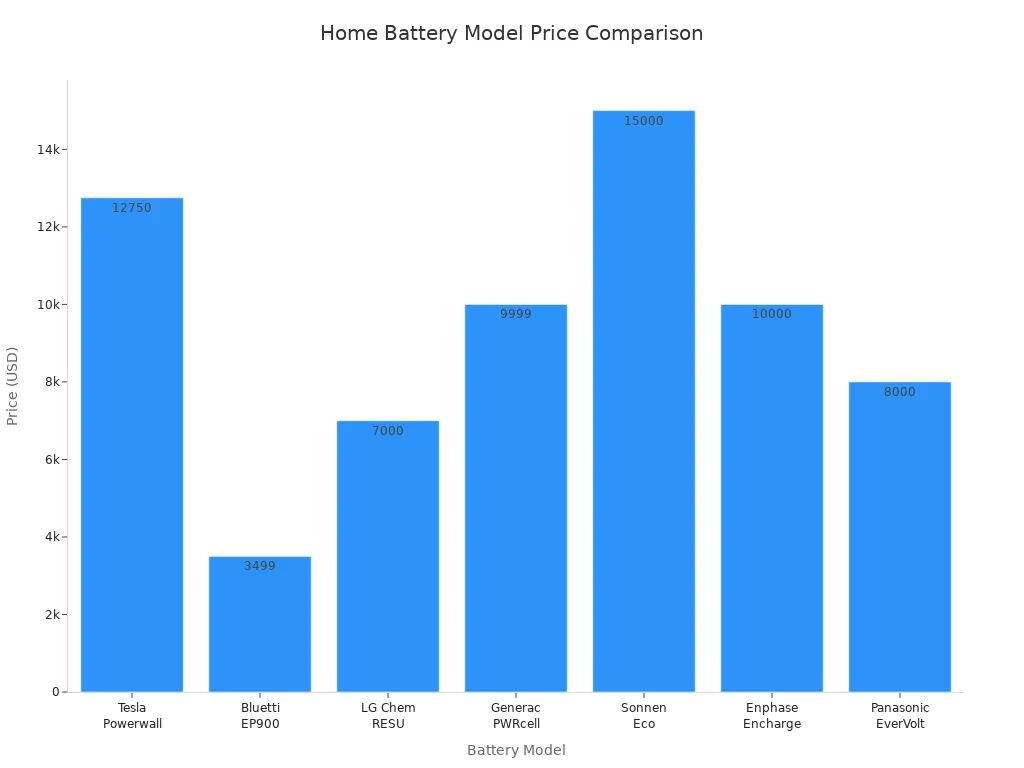



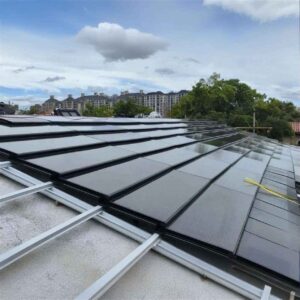
-300x300.jpg)
-300x300.jpg)
